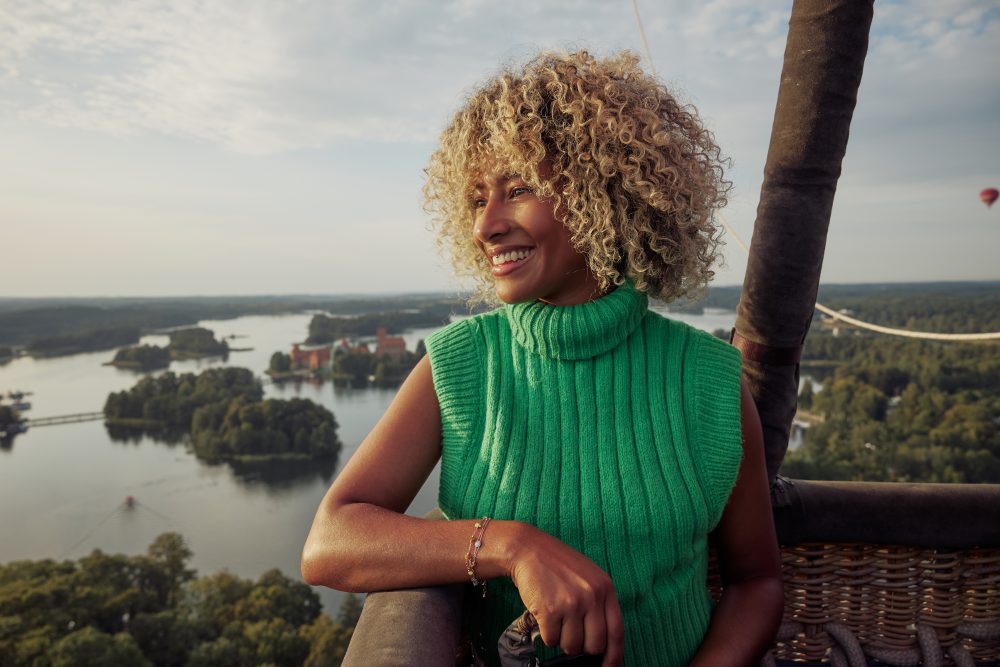Untold Capitals: Europe off the beaten path
Tallinn, Riga, Vilnius, and Warsaw are cities where every street tells a story, layered with history, alive with culture, and rooted in the landscapes around them. Shaped by centuries yet buzzing with modern energy, they blend old-world charm with edgy innovation. Exploring them means uncovering hidden corners, ancient rituals, and memorable encounters – and their closeness makes them ideal for one unforgettable multi-city adventure.
Hidden gems and timeless legends
What brings these remarkable cities together is the way they honor history while embracing the contemporary. Each one has a beautiful old town, historic gems carved from cobblestone streets and ancient market squares. Their pasts are filled with awe-inspiring stories and mythical figures: kings and bishops, rebels and artists are not only found in history books, but in winding alleyways and time-worn churches, statues and squares. The tales told are not only of great luminaries, but also of generations of sailors, merchants, laborer’s, and soldiers who endured both golden times and terrible ones, living ordinary lives that sometimes called for extraordinary courage.
Each city reveals its past through landmarks that still shape the skyline. In Riga, Art Nouveau façades rise in swirling detail, while Gothic spires preside over merchant houses, a reminder of centuries of trade. Vilnius unfolds on a more intimate scale, crowned by Gediminas Castle Tower, while in the streets below Gothic arches and baroque domes meet functionalist facades and brutalist silhouettes. Tallinn still wears its medieval armor: ancient walls listed as UNESCO World Heritage circle quaint passageways, guild halls, and the soaring steeple of St. Olav’s Church, once the tallest in the world. Warsaw speaks of resilience, its old town meticulously rebuilt after war. It hums with life beneath the gaze of the Warsaw Mermaid, the city’s mythical guardian. Each capital carries echoes of its past, shaping the rhythm and character of city life.
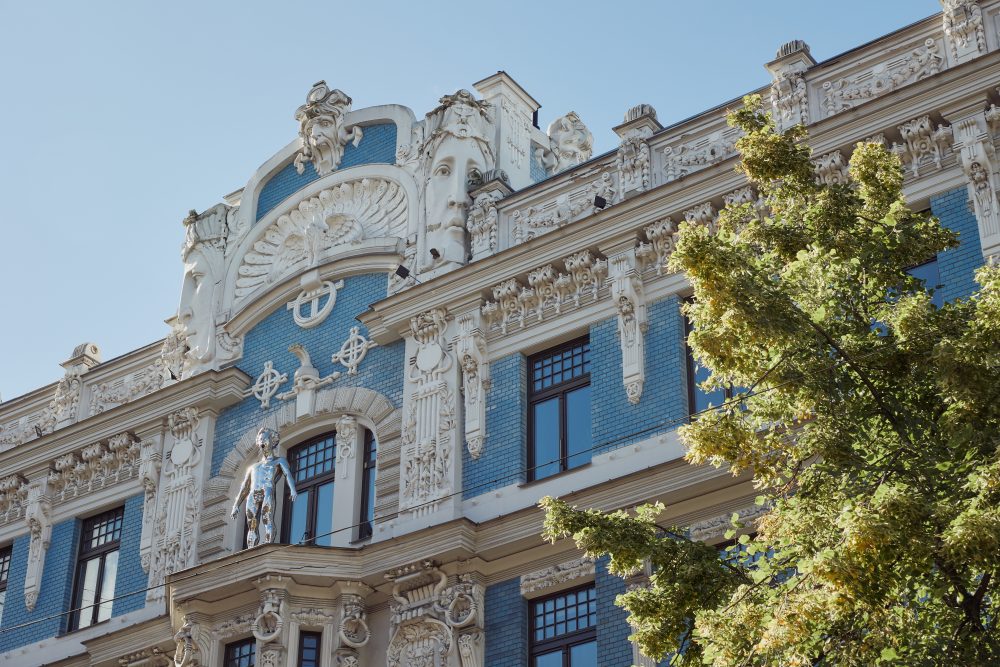
Authentic traditions and local flavors
In these vibrant cities, history isn’t sealed in monuments. It resides in myths, rituals, and flavors woven into daily life. Riga’s National Library, the “Castle of Light,” houses the Cabinet of Folksongs, a UNESCO treasure of Latvian identity. Just as vital is the Latvian sauna, or pirts, a ritual of heat, herbs, and renewal led by masters who carry forward centuries-old knowledge. In Warsaw, Chopin’s legacy endures beneath his monument as pianists from around the world keep his spirit alive.
Food, too, tells of traditions passed down through generations. Vilnius’s šaltibarščiai, the beloved cold beetroot soup, is gloriously pink and joyfully shared at cafés, summer tables, and even a dedicated festival. In Tallinn, the aroma of hearty elk stew and dark rye bread drifts from old town taverns, offering a taste of Estonia’s rustic culinary roots. Warsaw’s culinary heritage stretches from pierogi and żurek to contemporary flavors in reimagined industrial spaces, where former factories now host global cuisines and craft brews.

Creative quarters and cultural surprises
Across these cultural hubs, creativity knows no limits and art finds countless forms. Expression takes shape on grand stages, where opera houses and concert halls fill with the sounds of classical symphonies, modern compositions, and timeless ballet. In Riga, the Latvian National Opera and Ballet embodies this tradition of excellence, filling its stage with works that continue to resonate.
Yet art is just as powerful when it emerges in unexpected spaces. Former prisons, factories, and shipyards have been reimagined as cultural playgrounds, proof that heritage itself can become part of the canvas. In Vilnius, the once-confining walls of Lukiškės Prison now ring with music and exhibitions, while Tallinn’s Noblessner has turned submarine docks into bright, open galleries. Even Warsaw’s Palace of Culture and Science, once a symbol of Soviet authority, has been reclaimed by theatres, cinemas, and exhibitions.
On the streets, creativity pulses at ground level. Telliskivi, a former factory complex in Tallinn, bursts with murals and design corners, while Bourzma Studio in Riga blends sustainable fashion with hands-on workshops. Throughout the cities, roaming musicians, pop-up festivals, and street art ensure that expression is always on display, spontaneous and dynamic.
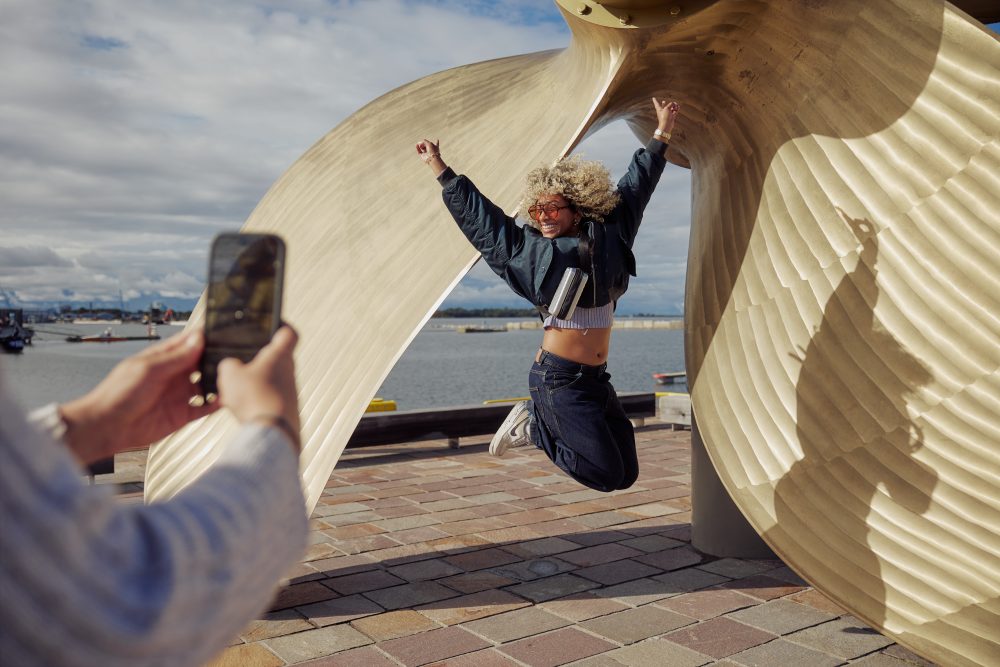
Neighborhoods full of character
City life reveals itself most vividly in neighborhoods where tradition and daily rhythms meet. Markets often form the heart of these districts: Riga’s Āgenskalns Market, built in 1898 and beautifully restored, hums with stalls brimming with local products, while festivals and workshops make it as much cultural hub as marketplace. Tallinn’s Balti Jaam Market offers a similar pulse, its hall filled with fresh food, antiques, and global street flavors, capturing Kalamaja’s community spirit.
Elsewhere, a casual wander reveals surprising new perspectives. In Vilnius, the district of Užupis declared its own tongue-in-cheek independence in 1997, complete with flag, anthem, and constitution. Across the river, the TV Tower invites visitors to step outside 170 meters up to experience an adrenaline-filled pause above the city. Warsaw reaches upward in its own way: the Varso Tower, the tallest in Poland and the European Union, rises as a symbol of the city’s drive and momentum.
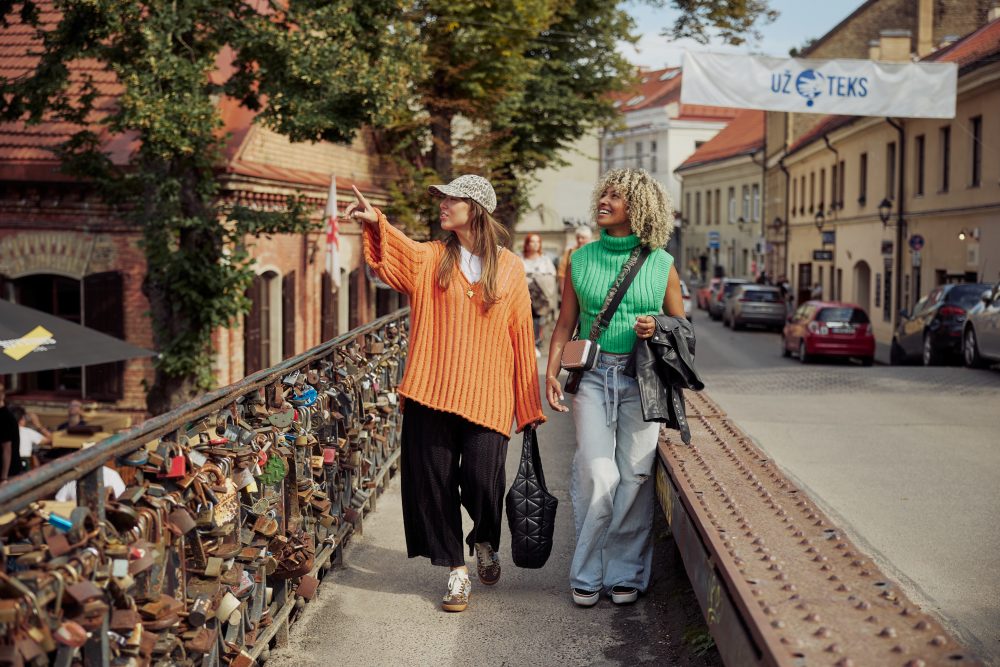
Parks, rivers, and urban retreats
Nature is never far from the heart of these cities, a green thread running through urban life. Verdant spaces, rivers, and coastlines shape their horizons, reminding visitors that here, culture and nature move together.
Sometimes the view comes from above, like in Vilnius, where a hot air balloon reveals red rooftops giving way to forests and fields. The serene flight reveals a mosaic where streets and nature are seamlessly entwined. Sustainability is stitched into the urban fabric of this city where there is more greenery than cement.
In Riga, the bridges of the Daugava River tie old and new districts together, while riverbanks offer open views and walking paths. Just beyond the center, leafy parks with ponds and winding trails invite a slower pace and a breath of calm.
Tallinn meets nature at the Baltic shore, where breezy promenades line the coast. Just inland, Kadriorg Park offers an oasis of lindens and oaks, Swan Pond glimmering at its heart, and a Japanese Garden that mirrors the turning of the seasons.
Warsaw finds its heartbeat in the Vistula, the only unregulated capital river in Europe. Cyclists, walkers, and kayakers share its banks, and on the right side sandy stretches feel almost wild, the urban horizon glittering across the water. Here, nature gives the city its breath: quiet spaces to pause, recover, and begin again.
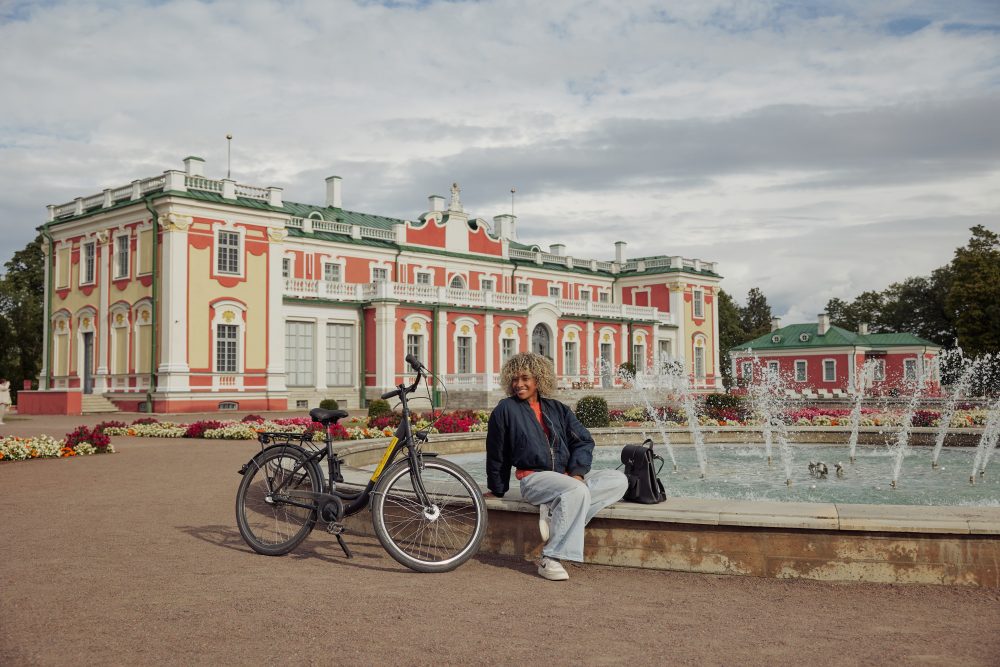
The story doesn’t end here
Together, Tallinn, Riga, Vilnius, and Warsaw remind us that Europe’s richness is not limited to its most recognizable tourist destinations. In these surprising capitals, heritage and imagination sit side by side, and daily life itself becomes a story worth exploring. To walk their streets is to find traces of history, but also the joy of discovery. Each offers the chance to get to know another side of this diverse continent – and perhaps, another side of ourselves.
